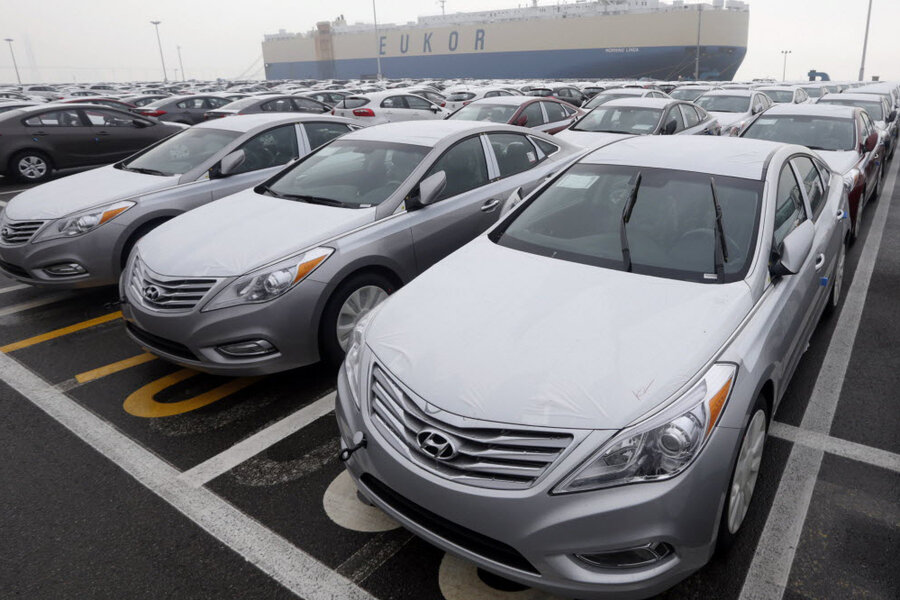Hyundai: Damages of $240 million owed for fatal defect
Loading...
| Polson, Montana
A jury has ordered Hyundai to pay $240 million in punitive damages after finding that a manufacturing defect in a Hyundai vehicle caused a crash that killed two cousins in 2011.
The award handed down late Tuesday was on top of $8.6 million in actual damages and lost earnings the jury awarded to the families of 19-year-old Trevor Olson and 14-year-old Tanner Olson. The cousins died when their 2005 Hyundai Tiburon slammed head-on into another car in July 2011.
It's unclear if the punitive damages will stand. The state of Montana has a $10 million cap on such damages, but that's being challenged after a District Court judge in Butte ruled it wasn't high enough to deter future wrongdoing by wealthy companies.
Hyundai Motor America released a statement Wednesday saying it believes the jury's verdict is mistaken and a damage award of three times what was sought by the plaintiffs is "outrageous and should be overturned." The company plans an immediate appeal.
The lawsuit alleged that a defective steering knuckle in the 2005 Hyundai Tiburon that Trevor Olson was driving caused the car to suddenly veer into an oncoming lane and crash into another car. A passenger in that car, 21-year-old Stephanie Nicole Parker-Shepherd of Arlee, was killed while her husband and two children were severely injured.
Hyundai issued a recall in 2005 for 111 Tiburons manufactured over a one-month period that year over a steering issue, but the problem was different than the one cited at trial and it's unclear if the teens were driving a recalled car.
There have been relatively few complaints filed against the 2005 Hyundai Tiburon with the National Highway Transportation Safety Administration. Out of the 37 complaints filed, only two had to do with the vehicle's steering system, according to the agency's database.
Hyundai argued that something else — most likely a firecracker being set off in the Hyundai — caused the driver to suddenly react and caused the car to swerve.
"Eyewitness testimony established — and experts for both sides agree — that fireworks exploded in the unbelted teenagers' vehicle immediately before the ... accident," the company statement said.
Montana Highway Patrol Trooper Terrance Rosenbaum testified that he found no evidence that any fireworks had been ignited in the car and that the Montana State Crime Lab could find no evidence to prove or disprove that claim.
The damage to the steering knuckle was the result of, not the cause of, the crash, Hyundai said. The company noted the steering knuckle in the other vehicle also was damaged.
A defense expert testified some of the damage to the Hyundai's steering knuckle existed before the crash. Hyundai said District Judge Kim Christopher would not let the company present evidence that if the steering knuckle had failed, the car would have swerved to the right, not the left as happened in the crash.







